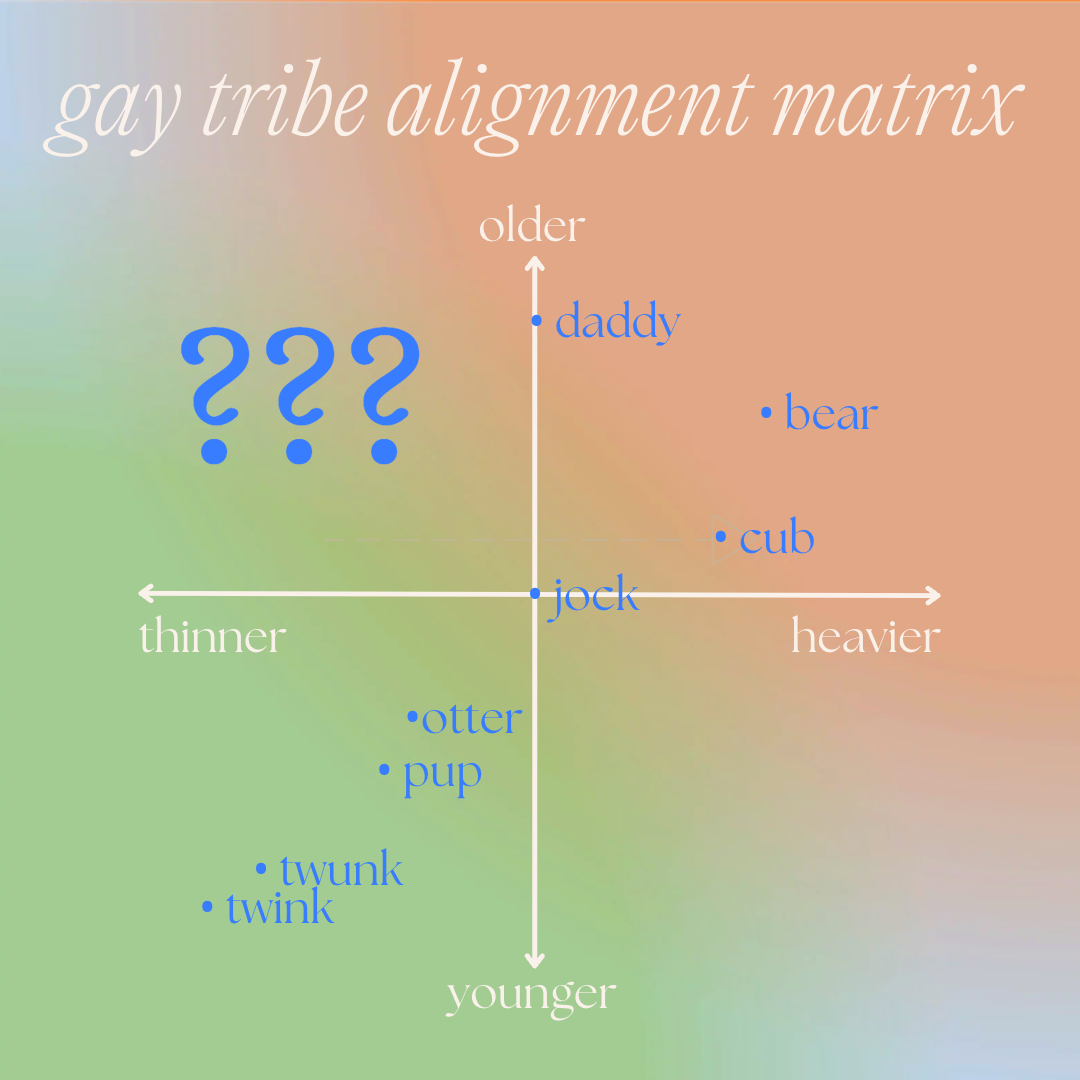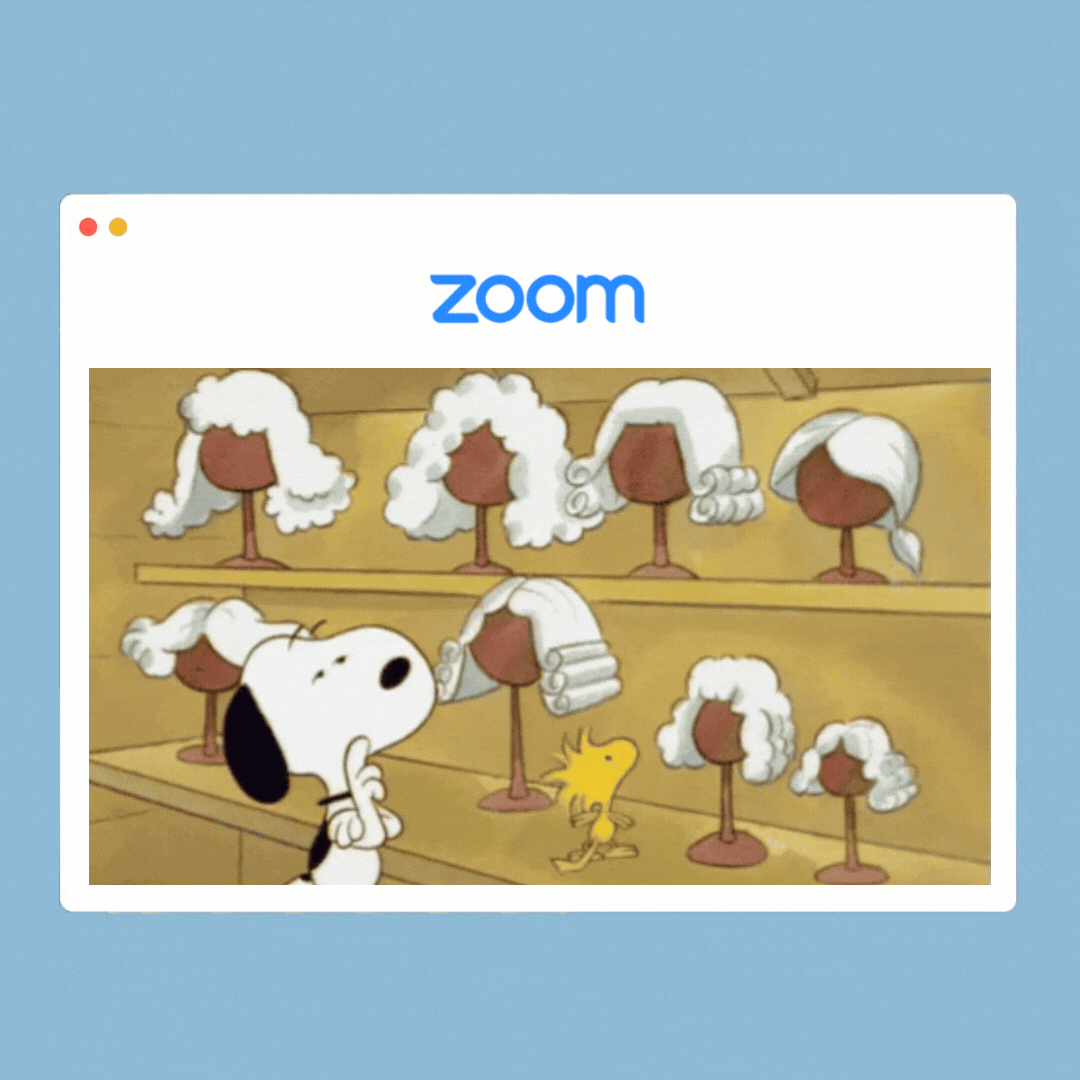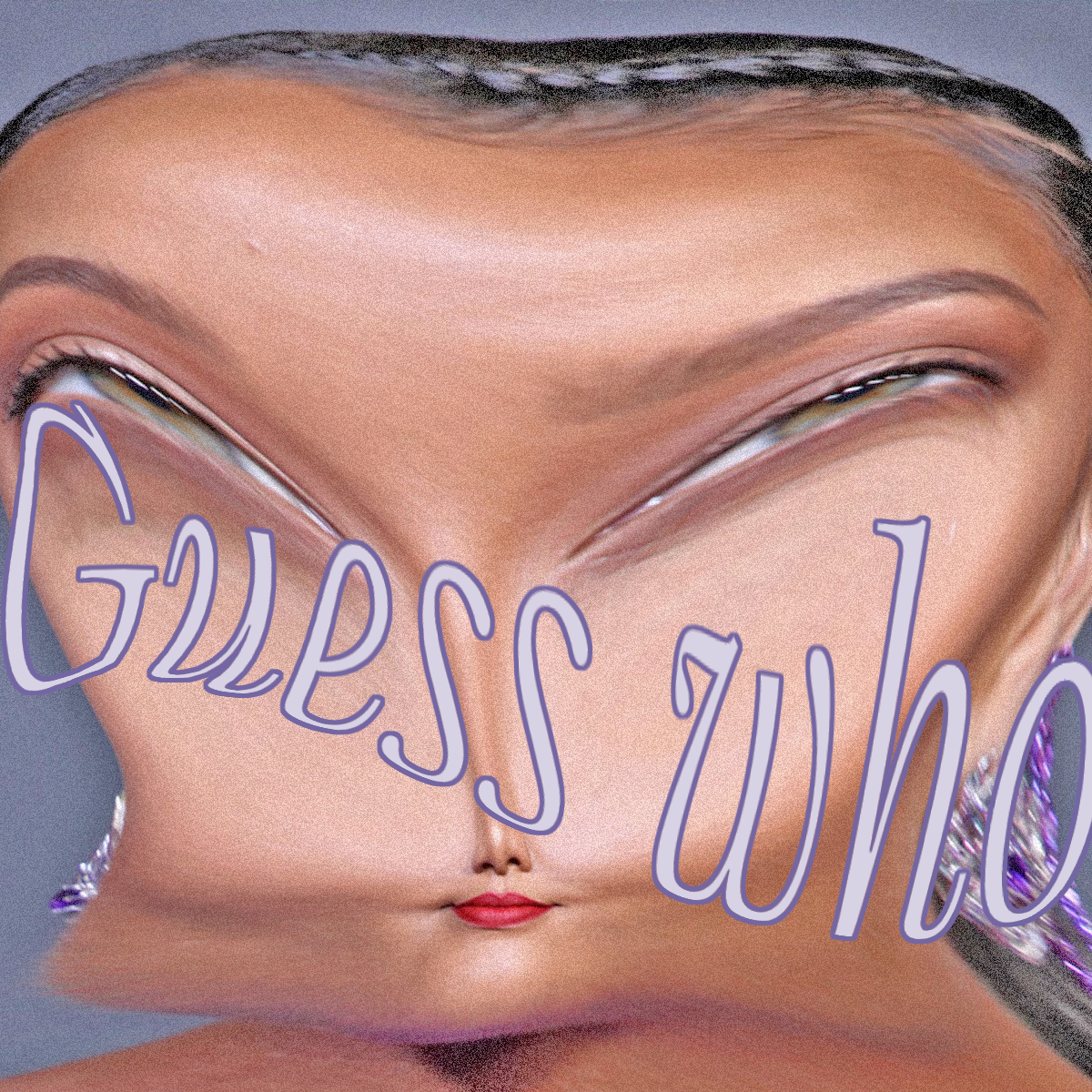This past weekend, Netflix released a new coming-of-age teen gay series called Heartstopper. It’s adapted from a series of illustrated young adult novels by author and illustrator Alice Oseman. Here’s the short version: the artwork looks cute as hell. For anyone to sit here and pretend that Charlie — the more tanned of the gays — doesn’t share a passing resemblance with me is lying to my face and just trying to hurt my feelings and it’s working.
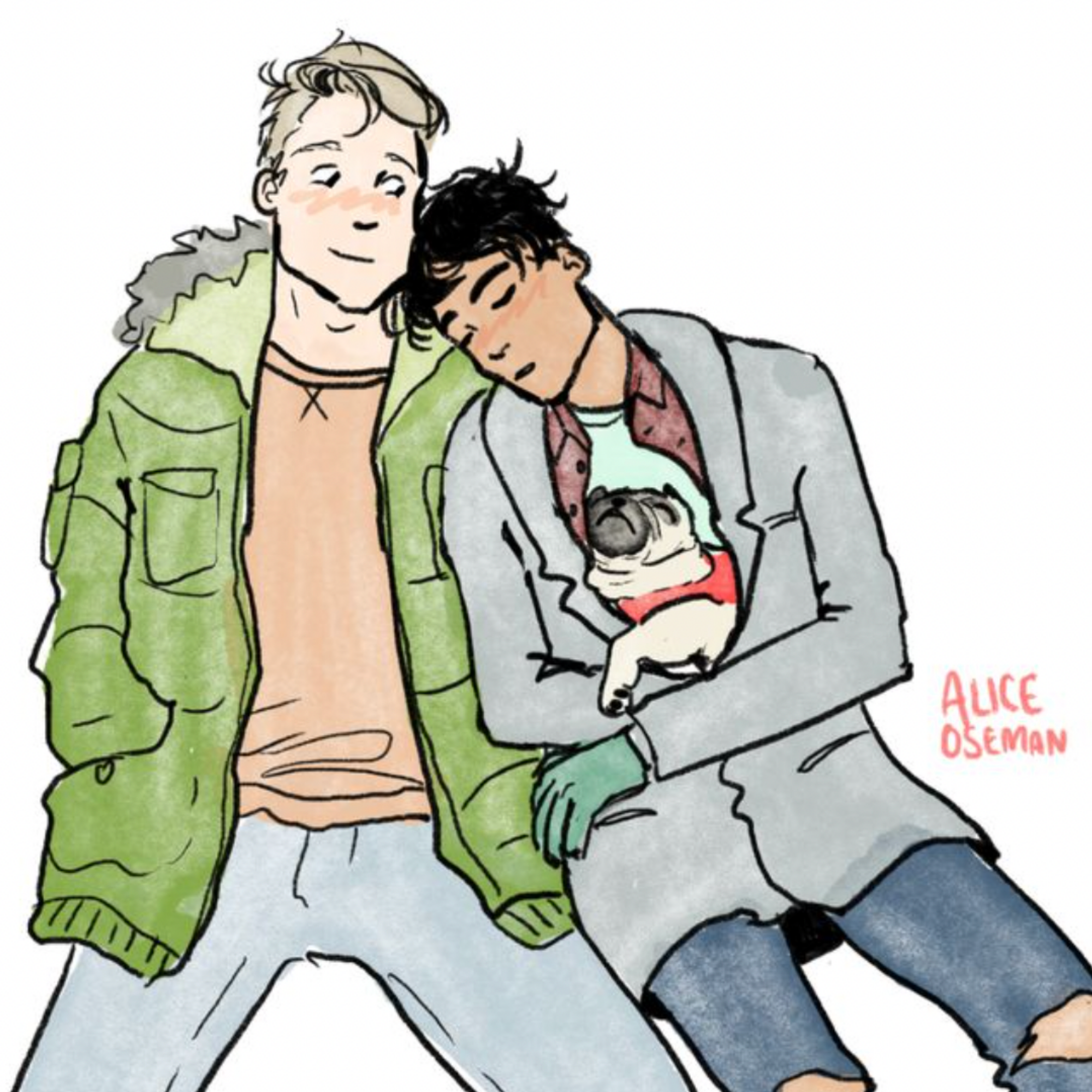
If the show is anything like the artwork I’ve seen in the book, it will melt my already bleeding heart. Too bad I’ll never know, though, because I don’t like watching gay things.
I've thought a lot about why this could be. In part, it’s that I’m not the biggest fan of when straight actors get praised for gay stories. Just look at Sean Penn — we gave him a pass for playing Harvey Milk, and now he’s off running his mouth about men wearing skirts or whatever. What's so "brave" or "courageous" about playing a queer person? Sometimes I think very serious actors see it as a right of passage, right after "wearing heavy facial prosthesis."
It's not like it would be hard to cast gay people in gay roles! I was floored when they announced Call Me By Your Name casting. Could they really not find a twink in Hollywood other than Timothée Chalamet?
(That reminds me: Did you ever see that bad unauthorized Lifetime biopic on Brittany Murphy’s life? They recreated a scene from Clueless, and the person playing Alicia Silverstone’s character has a gigantic, unconvincing wig. “Does Hollywood really have any shortage of blondes?” I thought.)
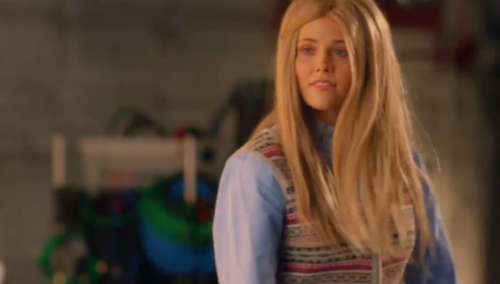
Secondly, there’s a representation problem. I remember seeing the artwork for Boys in the Band — first the play and then the Netflix adaptation — and wondering: How did people tell these people apart from the cheap seats? It had "Looking Syndrome": a band of conventionally attractive white dudes with brown hair and square lower faces. To me, it signals that this is the only type of gay man people want to see. It happens everywhere. This well-loved beauty brand did a Pride collection some years ago celebrating all of the colorful facets within the gay community and then led the campaign with the most commonly attractive white person I have ever laid eyes on.
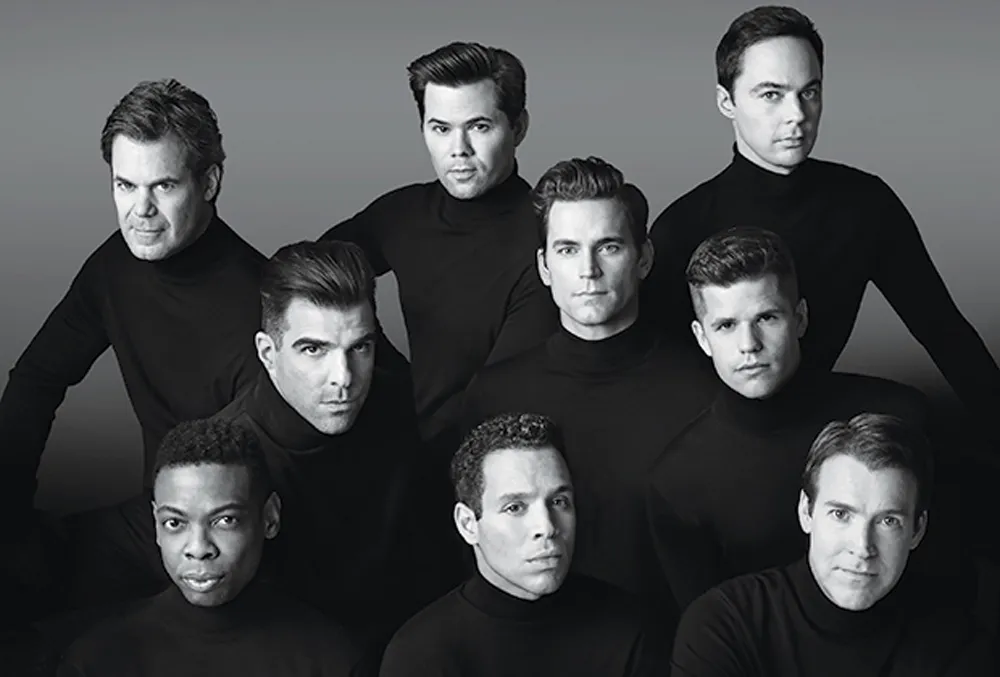
Thirdly — man, am I tired of gay trauma being the only story that we get to tell. Every critically-acclaimed queer film centers around some sort of trauma. Moonlight, Brokeback Mountain, Milk, The Laramie Project, God’s Own Country, A Single Man, Blue is the Warmest Color, Mysterious Skin, Portrait of a Lady on Fire, American Beauty, Beach Rats, Maurice, Boy Erased, Prayers for Bobby, I am Michael. Oh, have you ever seen We Are Who We Are? The second I got a whiff of what was incontestably pedophilia, I ran for the hills.
Trauma is not all that gay people have. The gay experience is rich, and yes, many of us have suffered on the journey we have been on, but it’s not the only story worth telling. There is tenacity and joy. There’s power, community, and belonging. There’s finally knowing peace. There’s love. A lot of it. I know this isn’t exactly considered the pinnacle of fine cinema, but Single All the Way (the gay holiday rom-com) is the only gay movie coming to mind at the moment that doesn’t wallow around in trauma, like some sort of gay chef making gay tempura, rolling gay prawns in gay trauma panko crumbs.
This blanket assumption that I have about gay cinema has probably excluded me from many films I could really love. The Love, Simon Cinematic Universe seems cute. And who knows, I could have truly enjoyed Dear Evan Hansen. Maybe Ben Platt could play a convincing teenager, and everything I said about him on Twitter was wrong —
Wait. What’s that, you say? Dear Evan Hansen wasn't a gay movie? Huh.
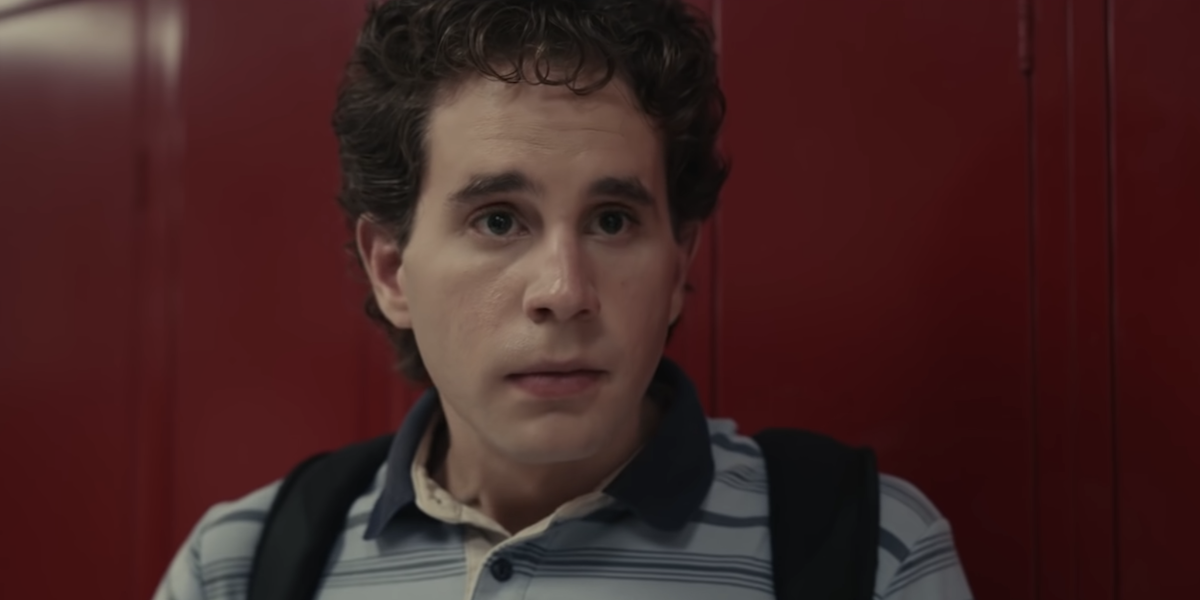
Well, I'll be.
READ MORE LIKE THIS
